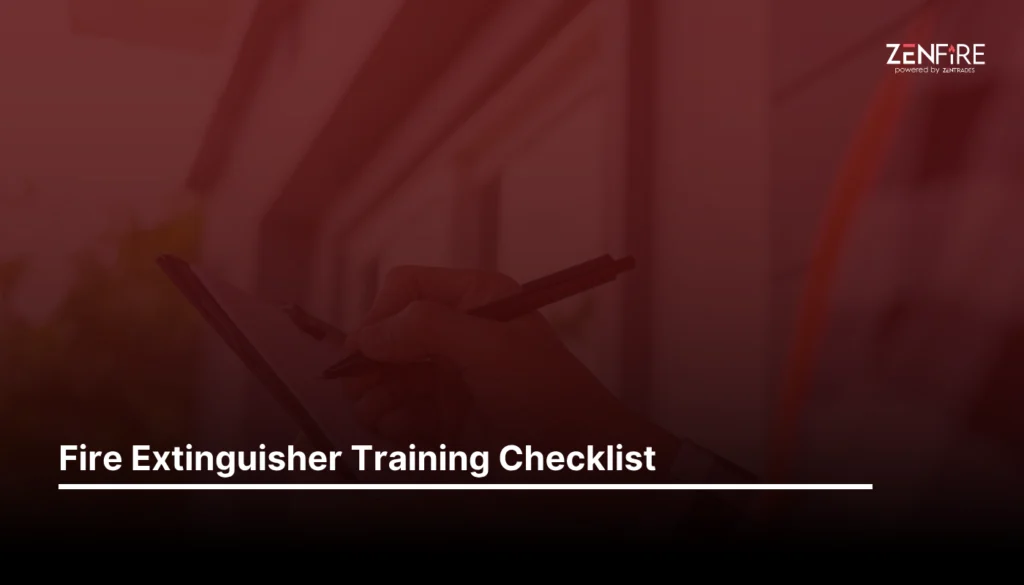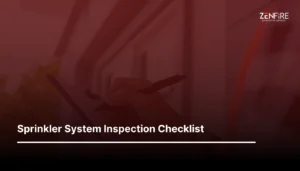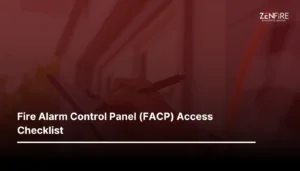Fire Extinguisher Training Checklist
Optimize Workplace Safety: Download Our Fire Extinguisher Training Template. Streamline staff preparedness with our comprehensive guide. This template equips you with essential training materials, ensuring your team is well-versed in fire extinguisher usage and safety protocols. Easily customizable, the template accommodates various learning styles, fostering a proactive safety culture. Enhance emergency response capabilities today. Download the template and empower your workforce with crucial fire safety knowledge.

Related Reading
Emergency Lighting
Emergency Lighting Checklist Explore More Checklist Download Now What Is Emergency Lighting? Emergency lighting is a crucial component of fire safety measures...
Sprinkler System Inspection Checklist
Sprinkler System Inspection Checklist Explore More Checklist Download Now What Is A Sprinkler System? A sprinkler system, in simple terms, is a...
Fire Alarm Control Panel (FACP) Access Checklist
Fire Alarm Control Panel (FACP) Access Checklist Explore More Checklist Download Now What Is A Fire Alarm Control Panel (FACP)? The most...
Fire Extinguisher Inspection Checklist
Fire Extinguisher Inspection checklist Explore More Checklist Download Now What Is A Fire Extinguisher? Fire extinguishers are primary equipment in situations of...



